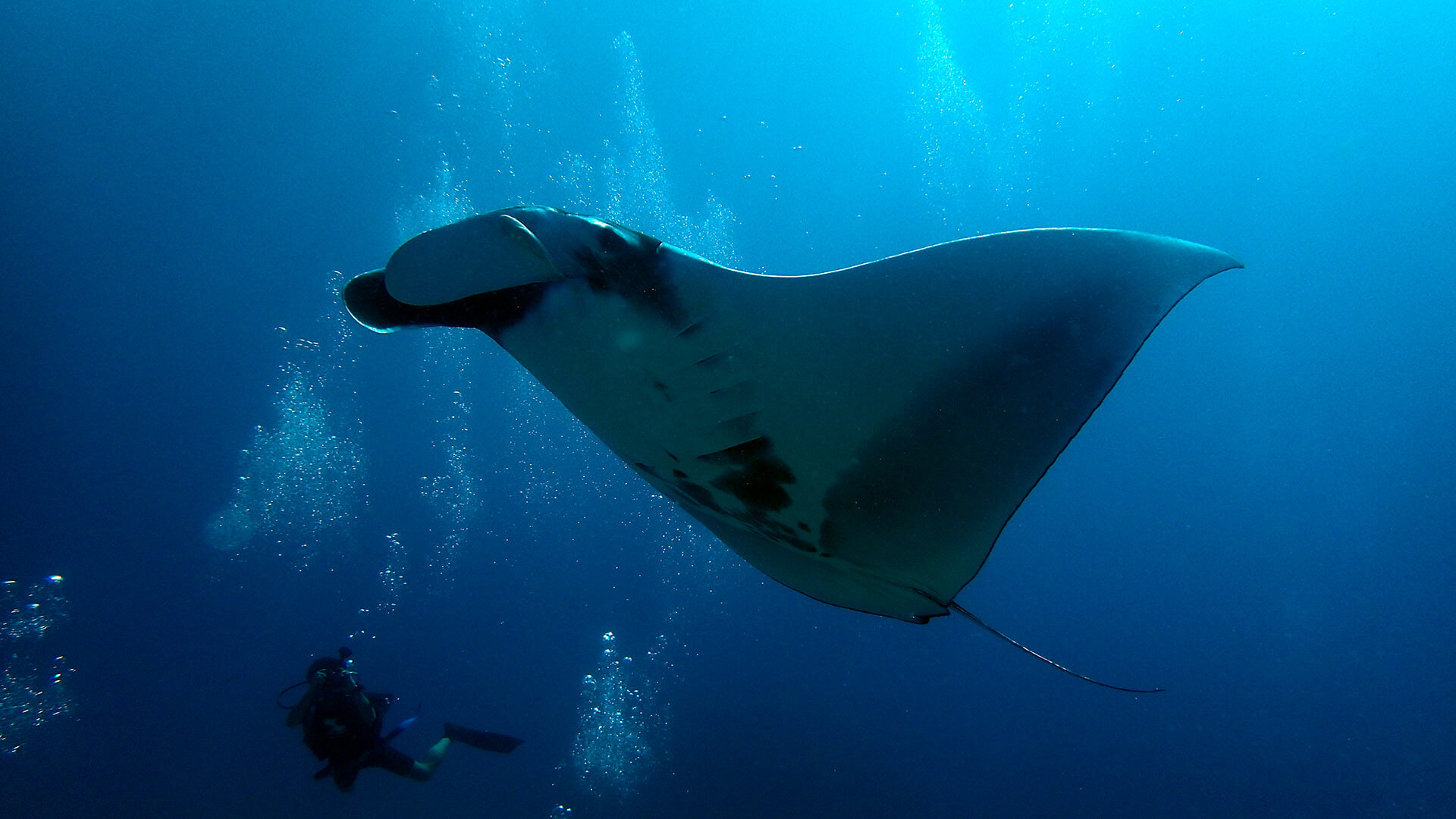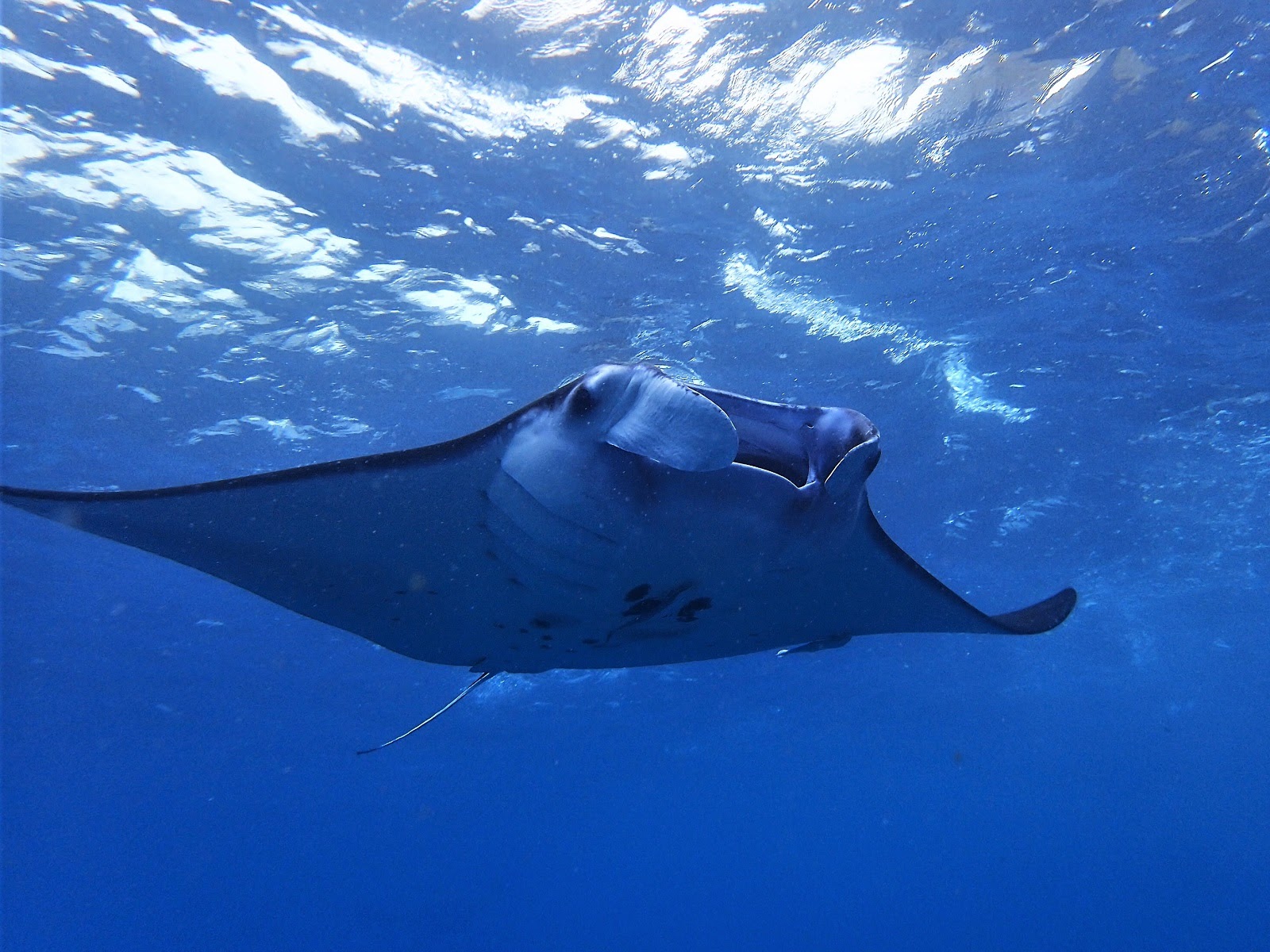

In the Northern Hemisphere, it has been recorded as far north as southern California and New Jersey within the United States, Aomori Prefecture in Japan, the Sinai Peninsula in Egypt, and the Azores within the northern Atlantic. The Giant oceanic manta ray has a widespread distribution in tropical and temperate waters worldwide. Manta rays are notably valued for his or her gill rakers, which are traded internationally. The foremost risk to the enormous manta ray is business fishing, with the species each focused and caught as bycatch in numerous international fisheries all through its range. Manta ray habitatMergui Archipelago in Myanmar and the Socorro Islands in Mexico are a few of the finest locations to satisfy these light giants, whereas the Maldives and a few locations in Indonesia characteristic more regular sightings of reefs mantas. Consequently, it’s tougher for divers to see large mantas than their reef-based cousins. Reef mantas are usually homebodies and don’t migrate as far and as deep because the mobula birostris does. They can migrate so far as 620 miles (1000 km) from their properties and may dive down to three,280 feet (1000 m).Īlthough each of the manta sorts is pelagic, Giant oceanic manta rays favor the open ocean, whereas reef mantas keep near their reef. They favor water temperatures above 68 F (20 C). These rays predominantly live in temperate, subtropical, and tropical waters all through the world. As an outcome, the enormous manta was renamed Mobula birostris to reflect the brand new classification. Until 2017, the species was labeled within the genus Manta, together with the smaller reef manta ray (Mobula alfredi).ĭNA testing revealed that each species are more intently associated with rays of the genus Mobula than beforehand thought.

It is circumglobal and is often present in tropical and subtropical waters, however may also be present in temperate waters. The Giant oceanic manta ray, large manta ray, or oceanic manta ray, is a species of ray within the family Mobulidae, and the most important sort of ray in the world. Giant manta rays are slow-growing, migratory animals with small, extremely fragmented populations which are sparsely distributed the world over. They are filter feeders and eat massive portions of zooplankton. The Giant Oceanic Manta Ray, the scientific name Mobula birostris is the world’s largest ray with a wingspan of as much as 29 feet.


 0 kommentar(er)
0 kommentar(er)
